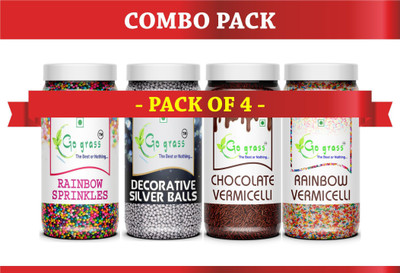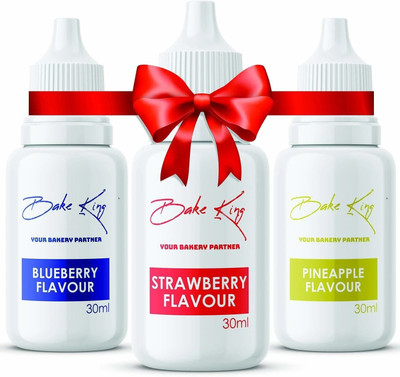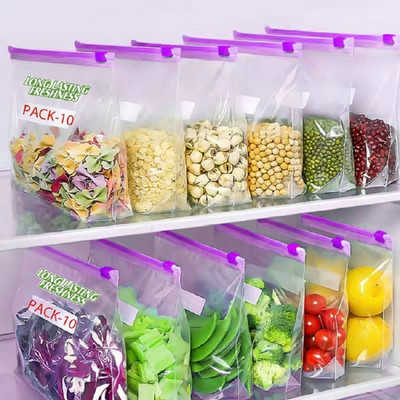
Dingga Decor Food Wrapping Butter Paper, Parchment Paper for Roti, Paratha & Sandwich Paper Paper Foil (140 m)
Share
Dingga Decor Food Wrapping Butter Paper, Parchment Paper for Roti, Paratha & Sandwich Paper Paper Foil (140 m)
3.9
7 Ratings & 2 ReviewsSpecial price
₹245
₹999
75% off
@17.5/10m
Available offers
T&C
T&C
T&C
T&C
Delivery
Check
Enter pincode
Delivery by11 Nov, Tuesday
?
if ordered before 3:59 PM
View Details
Services
- Cash on Delivery available?
Seller
Description
Dingga Decor Butter paper, also known as parchment paper or baking paper, is a versatile kitchen and baking tool. It is a type of paper that is coated with a thin layer of silicone on both sides, making it non-stick, heat-resistant, and moisture-resistant. Butter paper is typically made from bleached or unbleached paper that is treated with a silicone coating. The silicone provides the non-stick properties that make it useful for various culinary applications. The primary function of butter paper is to prevent food from sticking to baking sheets, pans, or dishes during cooking or baking. It creates a barrier between the food and the cooking surface, allowing for easy removal and preventing the need for excess oil or grease. It is a relatively inexpensive kitchen tool, and a single sheet can often be reused for multiple baking or cooking sessions, depending on the specific application and how it's used. Butter paper is available in various sizes and can be cut or folded to fit specific cooking and baking needs. It is often sold in rolls or pre-cut sheets. One of the significant advantages of using butter paper is that it simplifies cleanup. Since it prevents food from sticking to cooking surfaces, it minimizes the need for scrubbing or scraping, making post-cooking cleanup more convenient. Butter paper is commonly used in baking to line cake pans, cookie sheets, and muffin tins. It is also used for wrapping foods like fish, chicken, or vegetables for en papillote cooking, which involves steaming in a sealed pouch. It can be used as a barrier when rolling out dough for pies and pastries or for preventing sticking when working with sticky or delicate ingredients. Butter paper can withstand high temperatures, typically up to around 450 degrees Fahrenheit (232 degrees Celsius), without melting or catching fire. This makes it suitable for use in ovens, microwaves, and other high-heat cooking methods. High-quality butter paper is typically food-safe and does not impart any unwanted flavors or chemicals to the food being prepared. It has a degree of resistance to moisture, preventing the paper from becoming soggy or disintegrating during baking or cooking. This feature is particularly important when working with foods that release moisture, such as cookies or roasted vegetables.
Read More
Specifications
In The Box
| Sales Package |
|
| Pack of |
|
General
| Brand |
|
| Model Number |
|
| Model Name |
|
| Type |
|
| Color |
|
| Shade |
|
| Material |
|
| Finish |
|
| Foil Type |
|
| Suitable For |
|
| Net Quantity |
|
| Organic |
|
Convenience Features
| Self Sealing |
|
| Microwave Safe |
|
| Moisture Proof |
|
| Freezer Safe |
|
| Grill Safe |
|
| Other Convenience Features |
|
Additional Features
| Ideal Purpose |
|
Dimensions
| Length |
|
Be the first to ask about this product
Safe and Secure Payments.Easy returns.100% Authentic products.
Back to top









